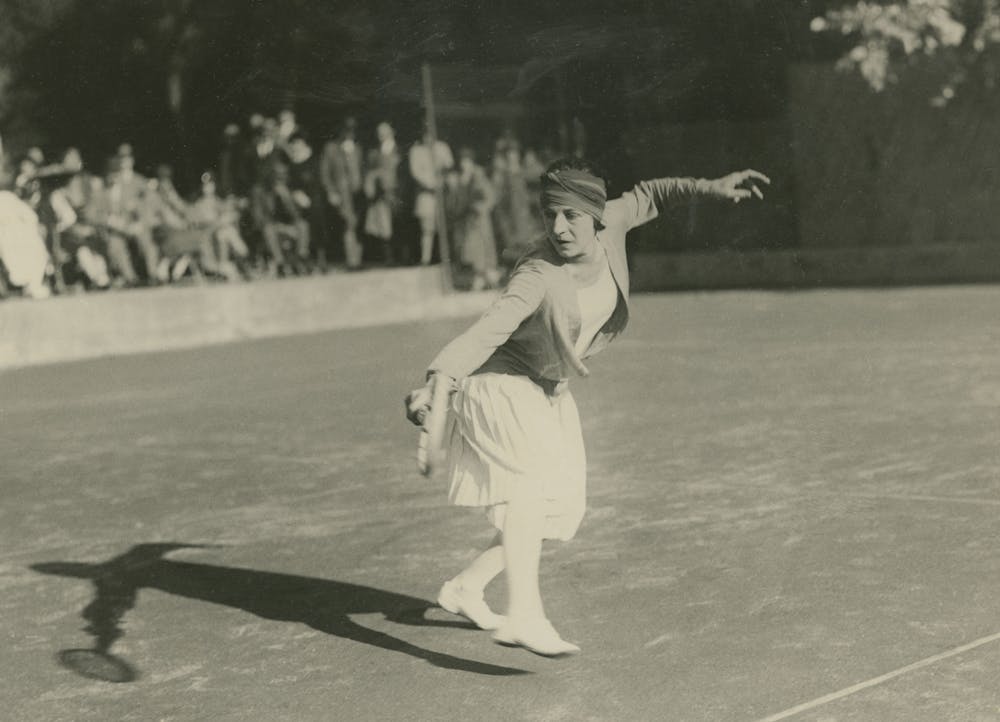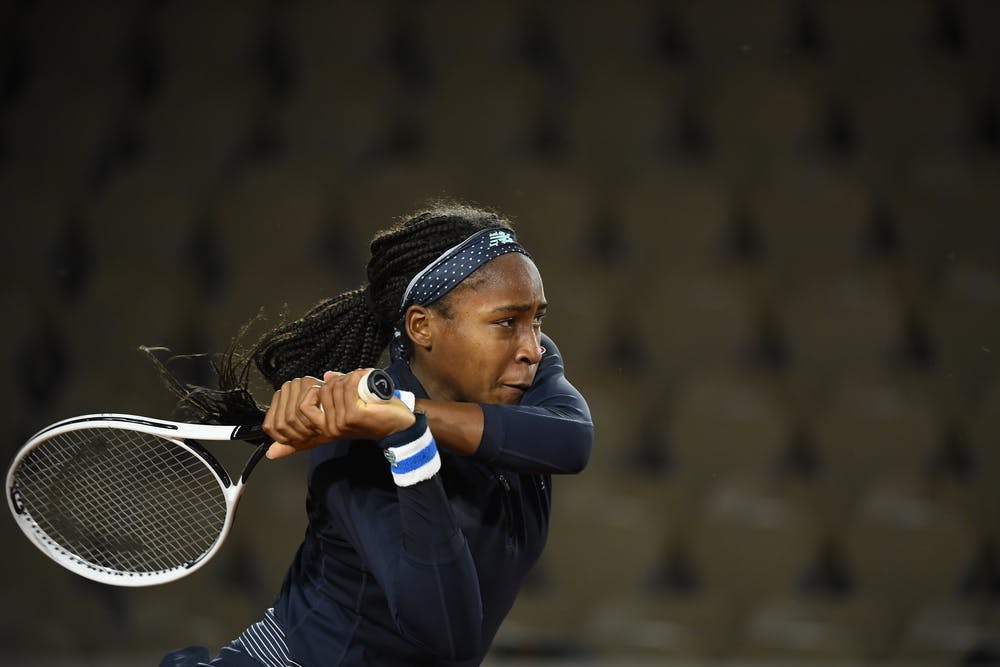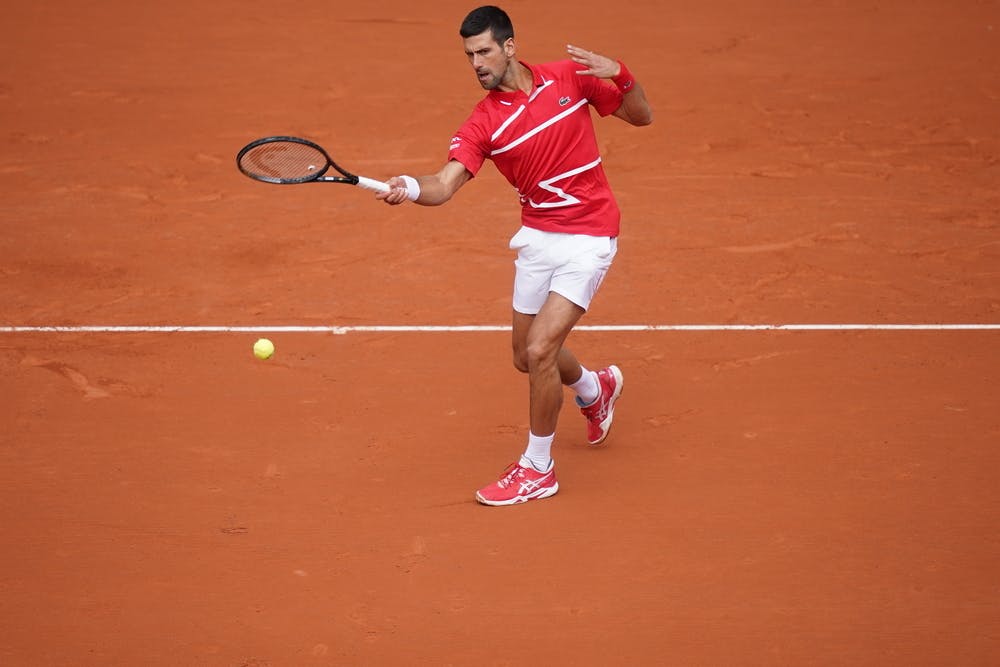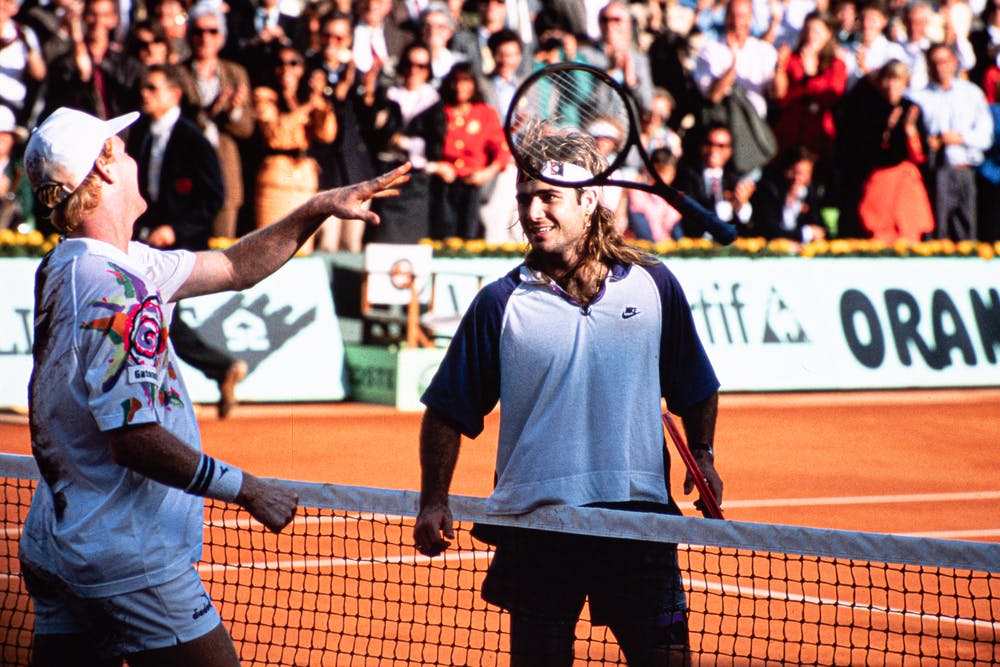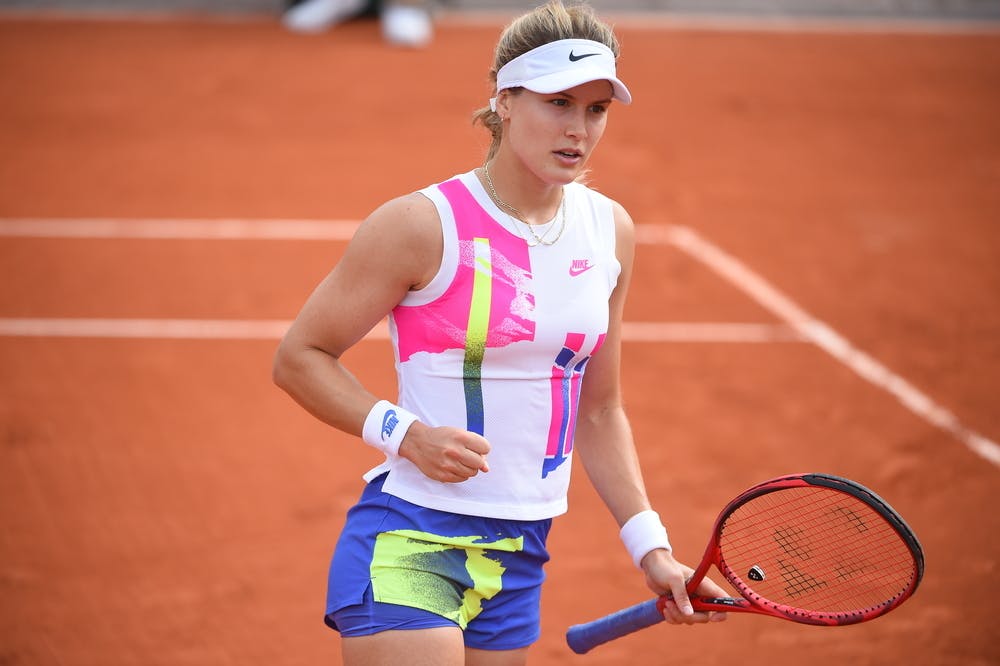A fierce competitor
Lenglen was also a ferocious competitor, who won the World Hardcourt Championships in Paris when she was just 15. She was so dominant, she only lost once between 1919 and 1926. Ranked world No.1 for six years, Lenglen won the Wimbledon singles and doubles titles five years in a row and six of seven years (1919-1923, 1924).
She was also hugely successful at her home Grand Slam event, winning what was then called the French Championships six times in singles and doubles, and seven times in mixed doubles.
In 1997, Roland-Garros organisers named their second-biggest showcourt after their iconic star, while the women’s winners trophy bears her name.
A headband legacy
Since tennis was invented as a pastime for the aristocracy in the 1870s, there has always been a strong connection between the sport and fashion, especially at Roland-Garros, which is perhaps the most stylish of all four Grand Slam events.
Lenglen made sportswear fashionable on the streets of Paris in the 1920s after she started working with French dressmaker Jean Patou, who designed her pleated white silk skirts that fell just above the knee, sleeveless cardigans and her customary headband, which soon became all the rage.
 ROLAND-GARROS
18 May - 7 June 2026
ROLAND-GARROS
18 May - 7 June 2026


